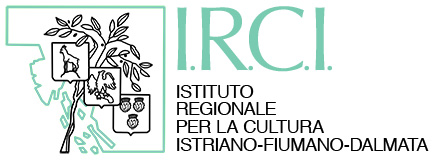

In the years
after the second world war to the present day the existing Italian tombs on the
other side of the border have been eroded by time, negligence and demolition.
Croatian and
Slovenian funeral homes are obviously not expected to worry about old Italian
graves, even though they are sometimes true artistic masterpieces, besides
being historically relevant. Gravestones bearing important names and dates,
witnessing the Italian presence in those abandoned territories are often
disrespectfully thrown away in landfills. True monumental memorial gravestones,
extremely effective and vivid for those who can read them. There are cemeteries
where this kind of clean-up procedures occur more often and others where this
practice is rare.
In order to
save the gravestones from this despicable fate, I.R.C.I. has launched a
comprehensive initiative aiming at collecting all Italian gravestones, moved
from their original places, in Istrian, Fiuman, Dalmatian cemeteries.
The
organization of an epigraphic museum is not easy as it may seem at a first
glance. There must be a selection of the gravestones to be exposed, that must
be then restored and fixed in presence of cracks or missing parts.
But first
and foremost, action must be taken to save those gravestones already piled up
in landfills and which may be rapidly destroyed. We need workers and means to
contrast this phenomenon.
In the
meantime, we are trying to identify an area inside the cemetery where the
gravestones could be permanently placed. This is a problem to solve. We are
advocating for a central position for the epigraphic museum, so that the
Italian former presence on the territory can have more visibility inside the
cemetery. The funeral homes, on the contrary, do not want to lose valuable room
for new burials, which is entirely understandable. Therefore, a legislative
framework issued by municipalities and administrative authorities is necessary
to meet these different needs.